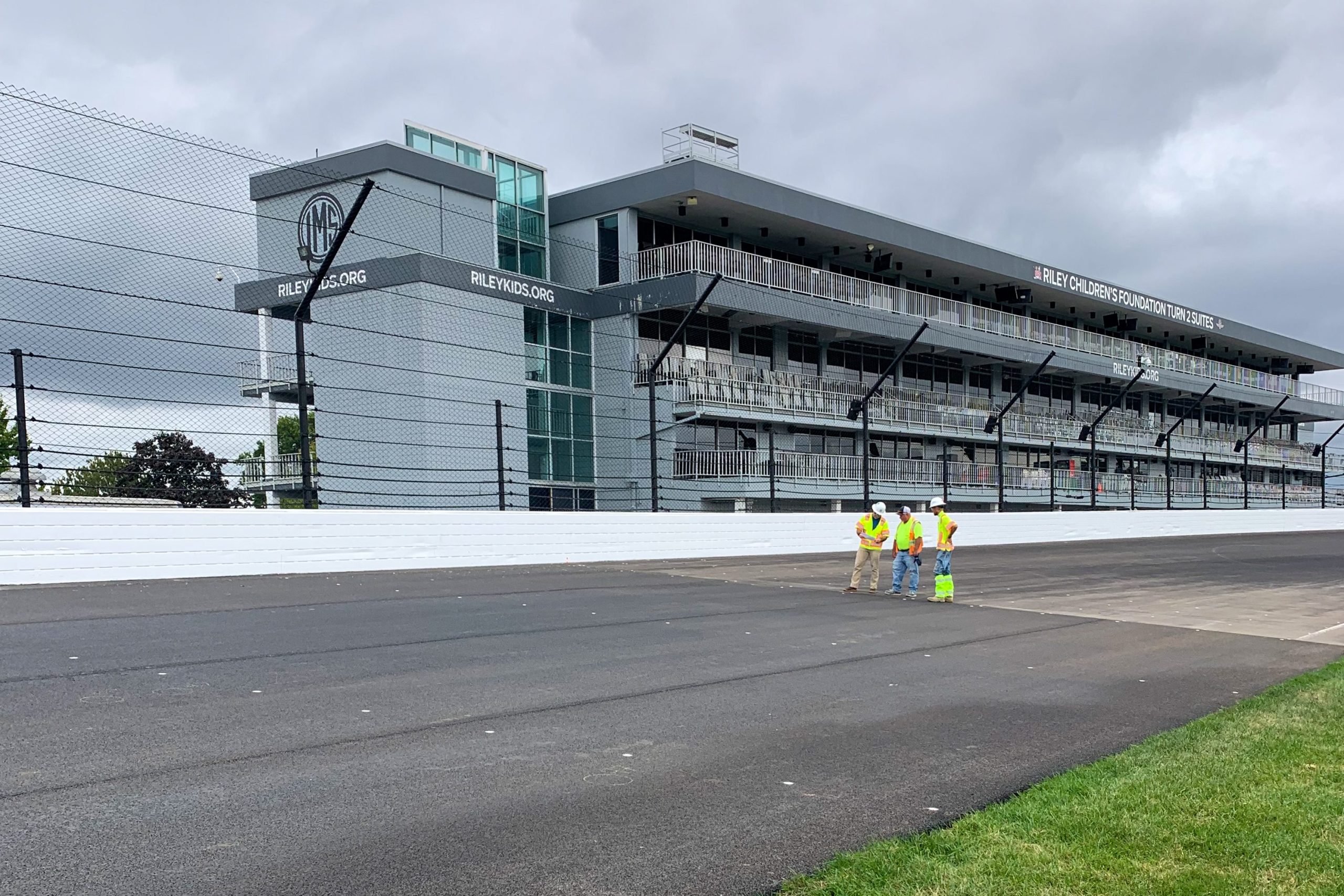

In September, the Milestone team took on an important project at Indianapolis Motor Speedway (IMS), home of the Indianapolis 500.
Our long-standing partnership with the IMS has lasted for decades. In 2004, The Heritage Group’s (THG) research and development lab Heritage Research Group (HRG) developed a pavement rehabilitation strategy for the track surface in conjunction with Milestone and Grady Brothers. When the track was paved that year, multiple THG companies were involved. Milestone was responsible for making and controlling the production of the mix.
The 2004 rehabilitation was designed to last 15 years, but through innovative design and maintenance, it has lasted for more than 20 years. As the track’s caretakers, we’ve been monitoring a transverse bump coming out of Turn 2. The team has been able to flatten it by diamond grinding and using an asphalt roller in the past, but the bump had become more pronounced, and a few smaller bumps appeared in the area. It was time to determine the cause of the bump, excavate the area, and repair the track.
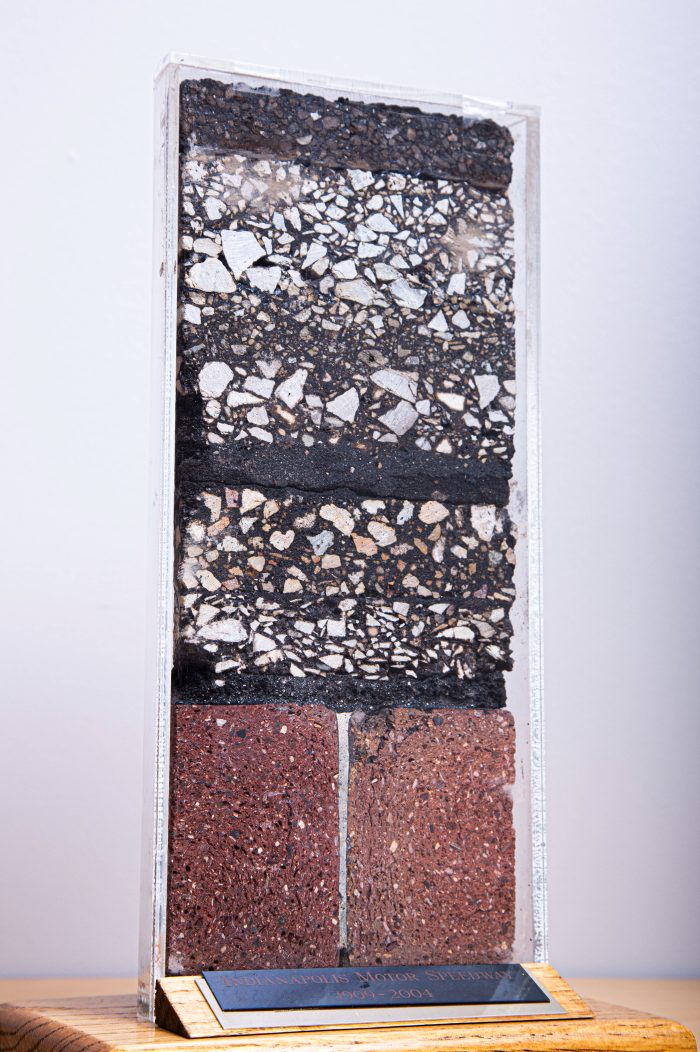
Our team partnered with HRG, experts in materials science and pavement analysis, to investigate the issue. The IMS was originally paved with bricks in 1909, more than 3.2 million of them. HRG’s analysis of cores they pulled during the investigation led to the discovery that some of the original bricks were under too much compression and had been damaged. There’s historical precedent for this. IMS historian Donald Davidson shared that in the past, some bricks on the track buckled under stress. These were removed and replaced with asphalt expansion patches in order to release compressive forces.
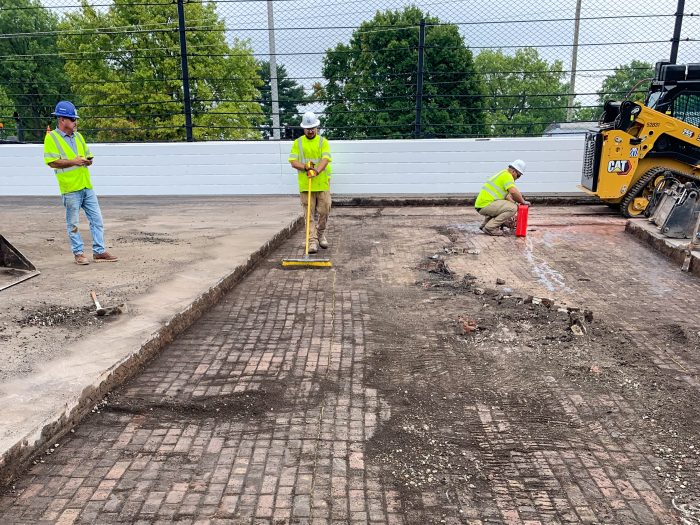
Below the bricks, there are four inches of sand, a double seal coat and a bituminous macadam layer. This exploration yielded a new acquisition for the IMS. A sample of the original pavement structure is now on display at the Indianapolis Motor Speedway Museum for the first time.
To fix the present-day issues, the Milestone team removed a portion of the bricks and put in asphalt patches to relieve the excess compressive forces. We used an intermediate asphalt mix to bring the compacted mix level back up to the surface of the rest of the track. A 100-foot-long stretch of the track was milled 1.5 inches, and then a new, slightly thicker racing surface was installed. The area was diamond ground to achieve the same texture as the one installed in 2004. Now, the area coming out of Turn 2 has been addressed and will no longer require excess monitoring. Learn more about the maintenance of the track as a whole.
Milestone, HRG and the IMS team collaborated to investigate and solve the issue ahead of this year’s mid-October IndyCar Open Test, where racing teams tested their cars and tires on the track. It’s an honor to be a part of the IMS tradition, building and preserving a smooth racing surface that will last for years to come.

Boost This Post

18
On November 13, Milestone received the Indiana Park and Recreation Association (IPRA) award for Corporate Partner of the Year at the Awards of Excellence Luncheon at the IPRA State Conference. Thomas Gott and Brent Foster were in attendance to accept the award, and are pictured above with Rebecca Swift, Operations and Development Division Director for […]
Read MoreBoost This Post
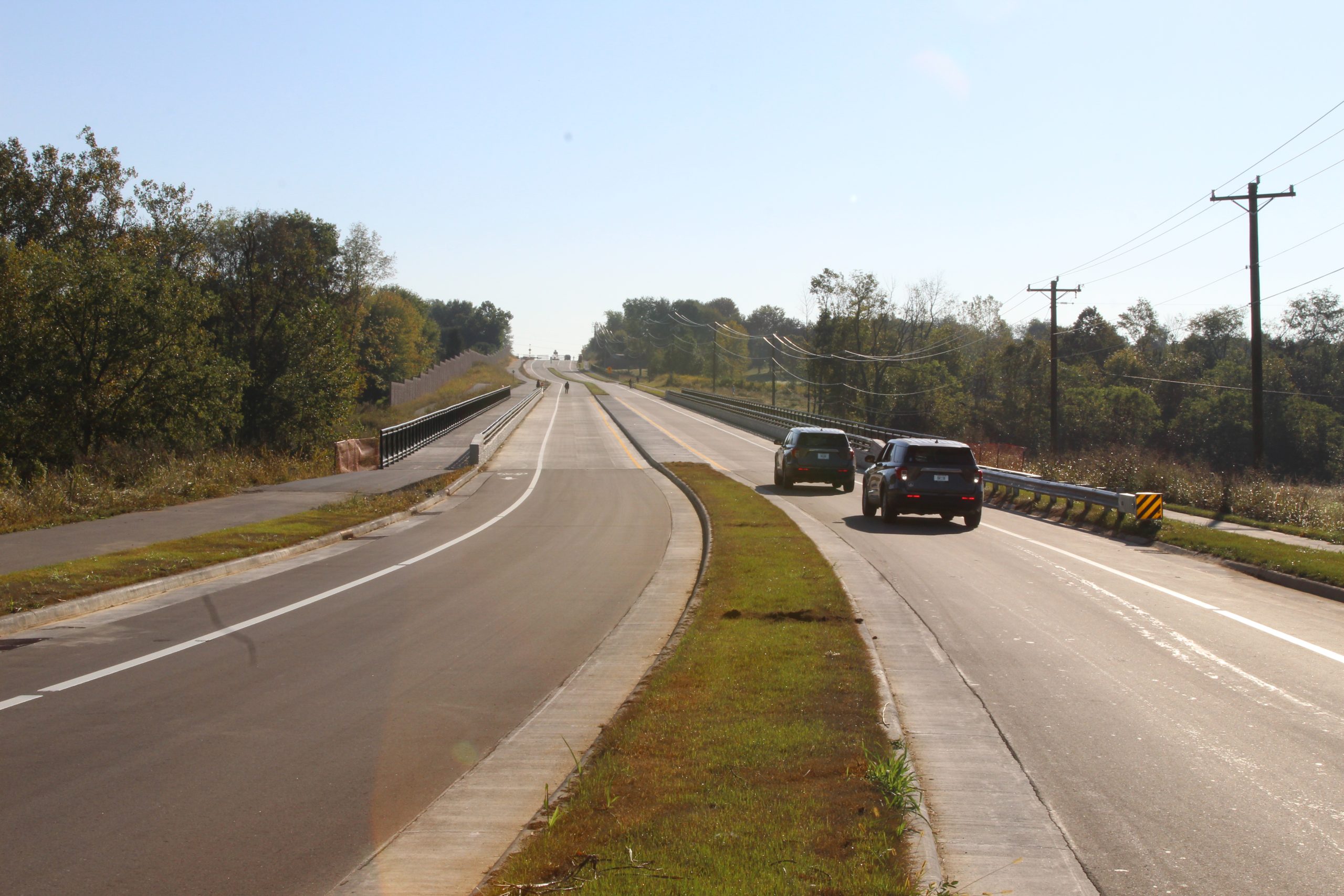
10
The Fullerton Pike Corridor Reconstruction project – which includes the longest bridge in Monroe County – is complete! We’re thrilled to see community members already using and benefiting from the new route. Completed in three stages, the full project stretches along West Fullerton Pike, West Gordon Pike and East Rhorer Road between Interstate 69 and […]
Read MoreBoost This Post
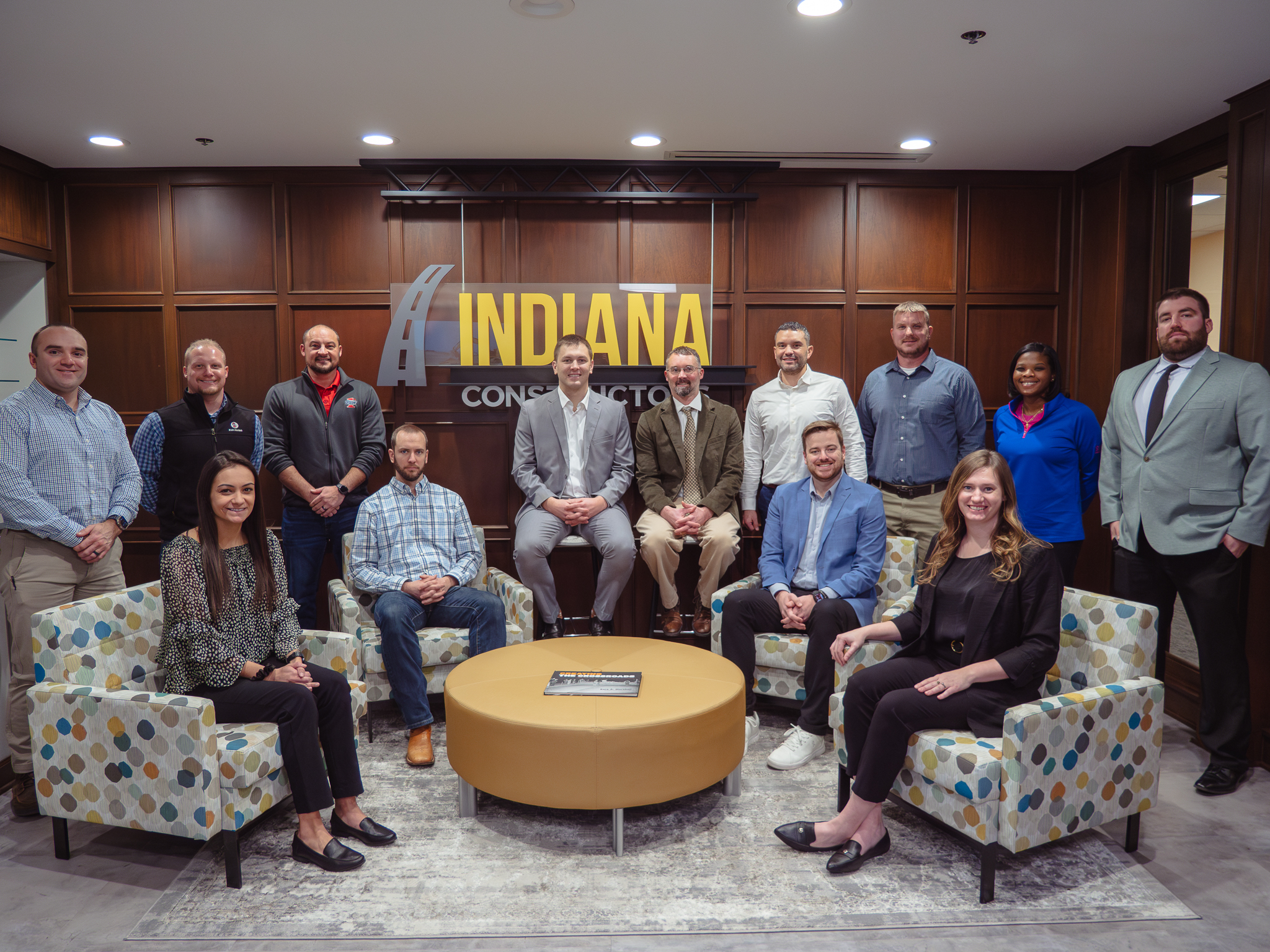
23
We’re proud to share that Randy Wilkinson (Bridge Operations Manager) and Chris Potts (Asphalt Operations Manager) are representing Milestone Contractors in the Indiana Constructors Leadership Institute (ICLI) this year. As a part of the program, they’ve attended courses covering topics like labor relations, safety, legislation and conflict resolution. Their participation reflects Milestone’s ongoing commitment to […]
Read MoreBoost This Post